In 10 Days, the Ultra-Rich Emitted All the CO₂ They Were Allocated for 2025
valori.it 17.01.2025 Lorenzo Tecleme Translated by: Jpic-jp.orgAccording to Oxfam, the richest 1% of humanity used up in 10 days the CO₂ emissions they were supposed to produce in a whole year

The richest 1% of humanity has already consumed its 2025 carbon budget, according to a new report by the NGO Oxfam. The carbon budget refers to the amount of climate-altering gases humanity as a whole can afford to emit into the atmosphere before exceeding the internationally agreed-upon temperature limits. Over time, various studies have attempted to calculate an annual individual quota, based on the idea of fair emissions distribution. Oxfam’s analysis focuses precisely on this individual share, considering only carbon dioxide (CO₂) and not other greenhouse gases.
The Rich Emit CO₂, the Poor Suffer the Consequences
Researchers at Oxfam identify the global elite as those earning over $140,000 a year in terms of purchasing power parity. This amounts to about 77 million people. Though they represent only 1% of the global population, in 2019 they were responsible for nearly 16% of global emissions. This year, these ultra-rich individuals used up their fair share of CO₂ in just ten days. By contrast, the poorest 50% of humanity – 3.9 billion people earning less than $2,000 per year – accounted for only 7.7% of global emissions in 2019. It would take them nearly three years to consume their annual share.
The report also reveals further data. The economic losses suffered by low- and middle-income countries over the past thirty years due to global warming are three times greater than the aid provided by industrialized nations during the same period. By 2050, the emissions of the richest 1% alone could cause crop losses equal to the amount needed to feed ten million people annually in Southeast Asia. Eight in ten deaths related to extreme heat will occur in low- and middle-income countries, with 40% in Southeast Asia.
The Context: A Planet Nearing the 1.5°C Threshold
The year 2024 ended with a report by the European Copernicus programme stating that the global average temperature had exceeded +1.5°C above pre-industrial levels for twelve consecutive months. That is, before human activities began to alter the climate. Avoiding this threshold was the “preferable” target agreed by all governments during COP21 in 2015. This is the well-known Paris Agreement, the most important international accord to fight the climate crisis. In the same agreement, 2°C was set as the absolute maximum limit.
Copernicus scientists warn that this data is not yet sufficient to declare the 1.5°C target definitively breached. Longer-term observations are required. However, the scientific community is growing increasingly pessimistic. In 2024, several extreme weather events were linked to the climate crisis. These included Hurricanes Helene and Hamilton on the U.S. East Coast, floods in Nepal, Typhoon Yagi in Southeast Asia, the Valencia flood in Spain, and Cyclone Boris in Central Europe.
See, In 10 giorni gli ultra-ricchi hanno emesso la CO2 che spettava loro per tutto il 2025
L’1% più ricco del Pianeta emette quantità spropositate di CO2 © AndrijTer/iStockPhoto





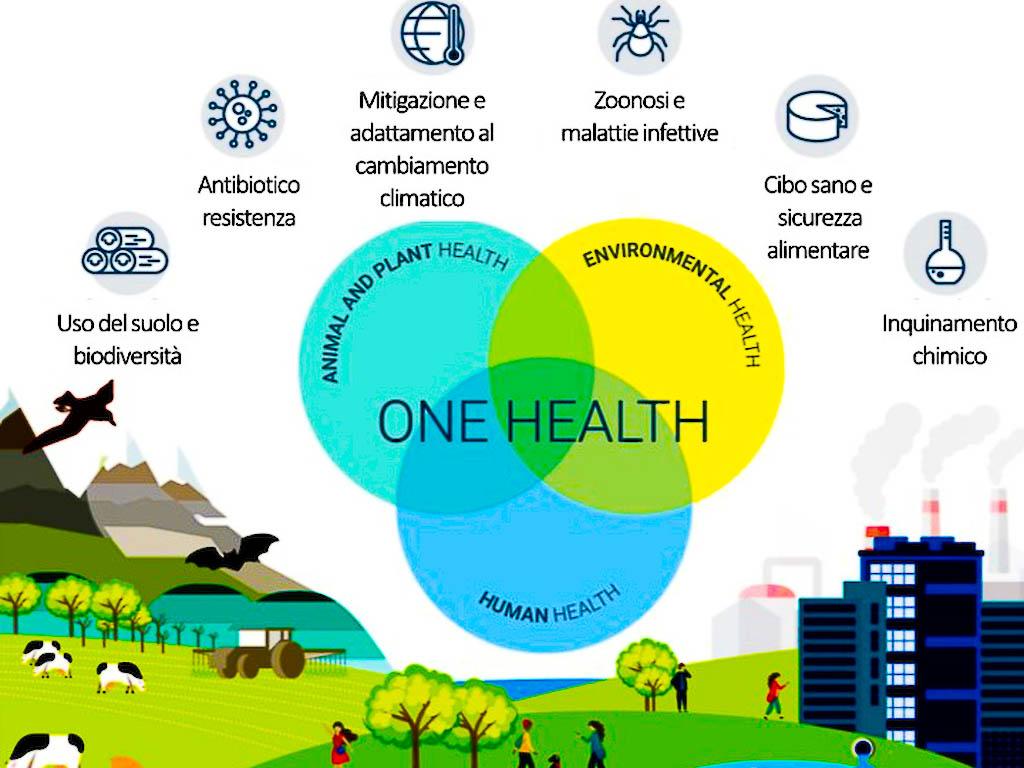

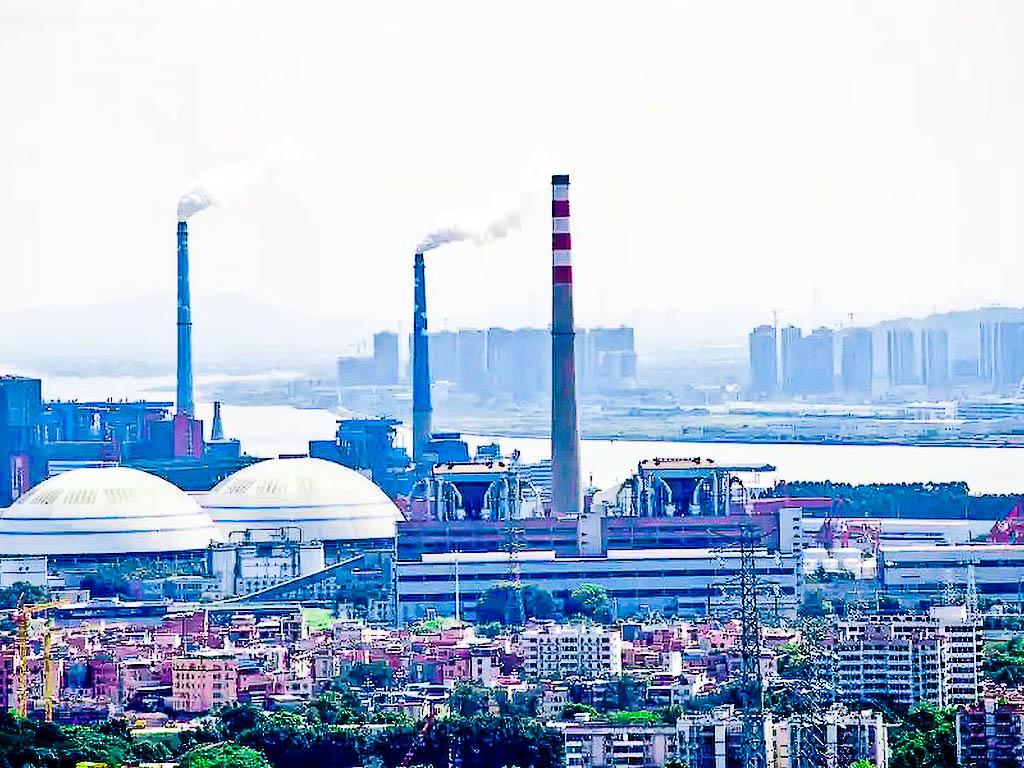
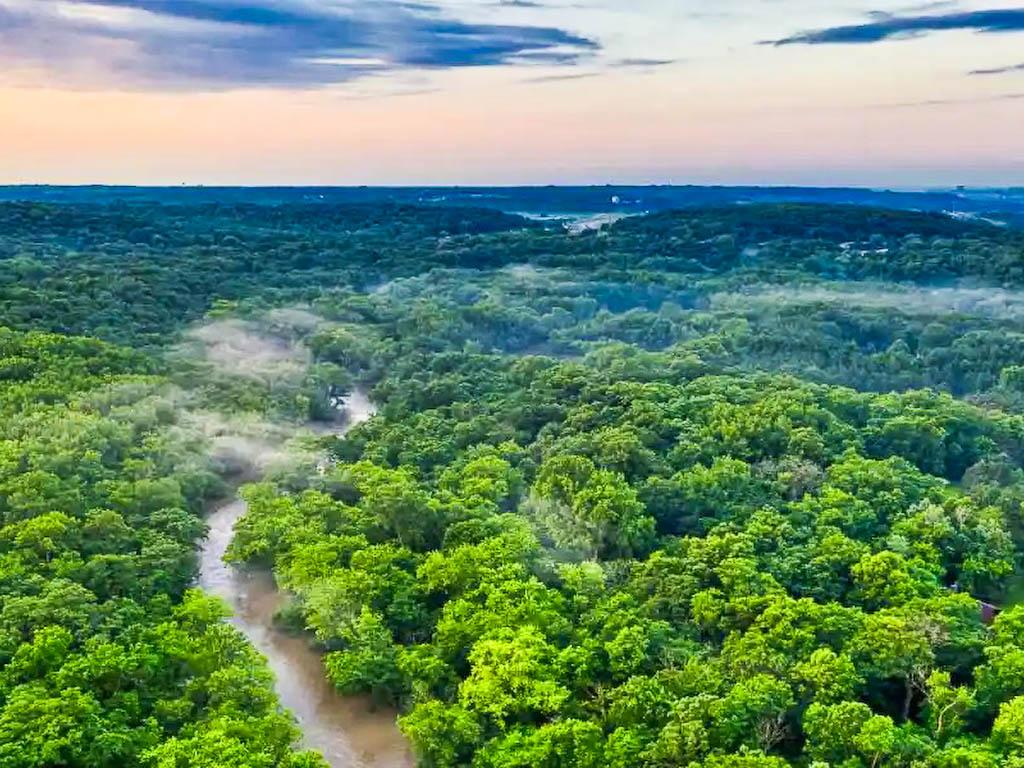
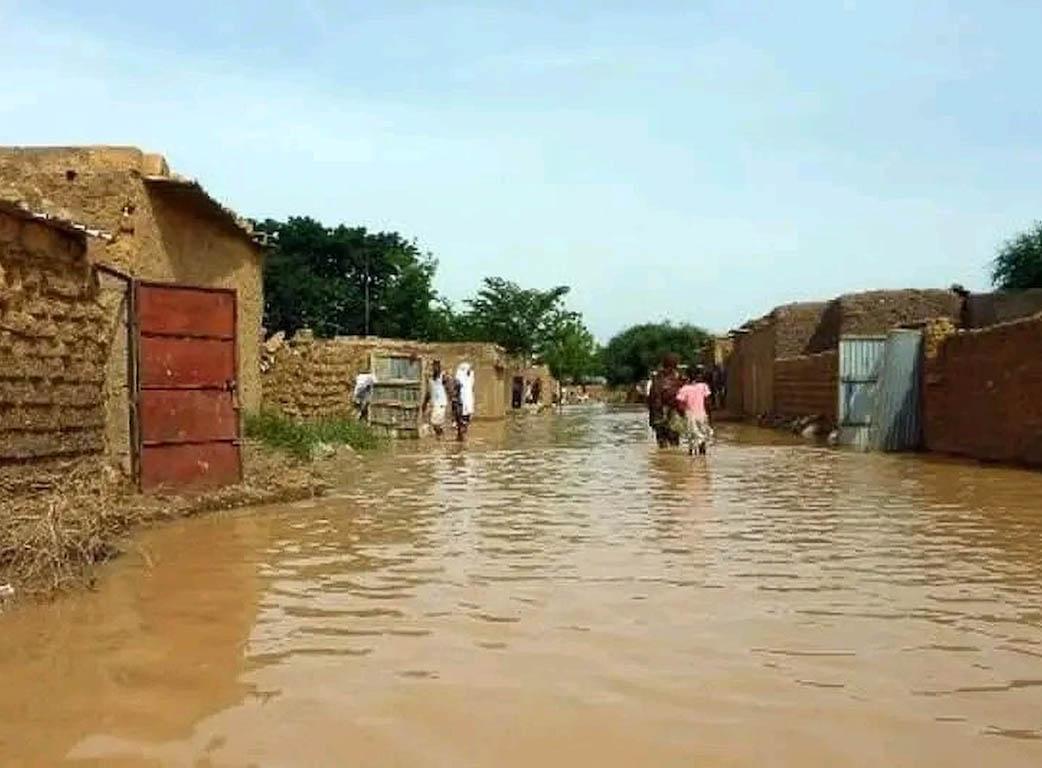


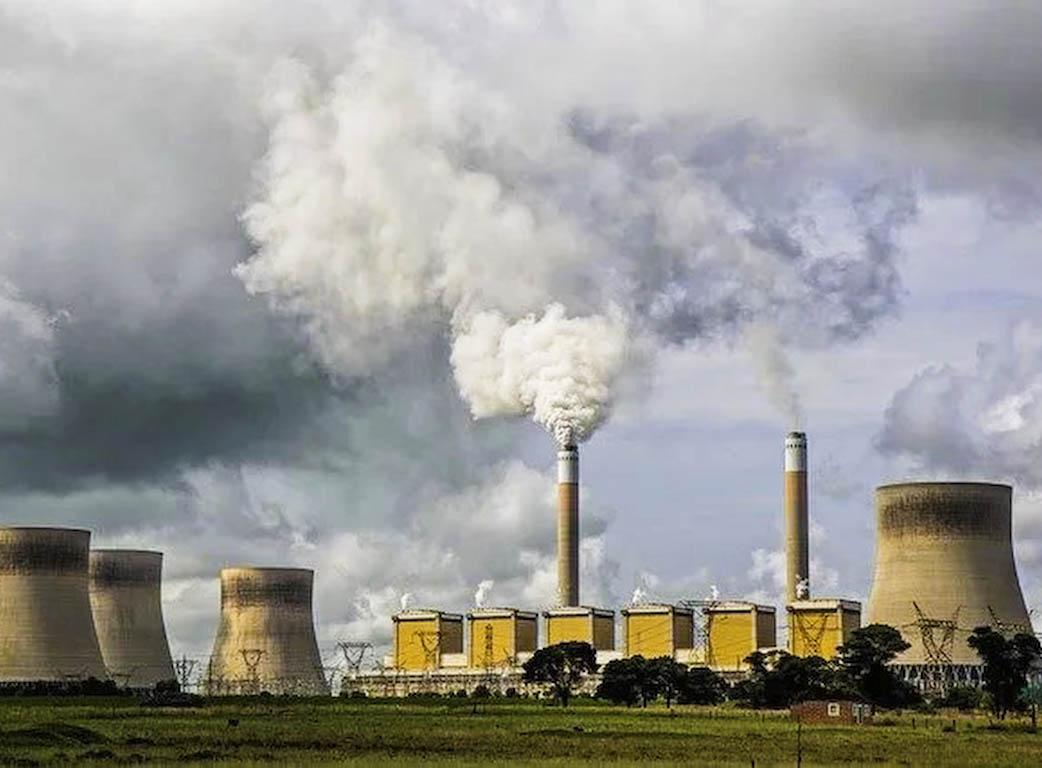








 EDitt | Web Agency
EDitt | Web Agency
Leave a comment